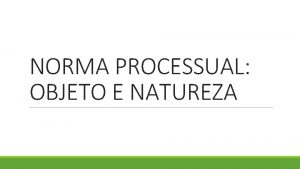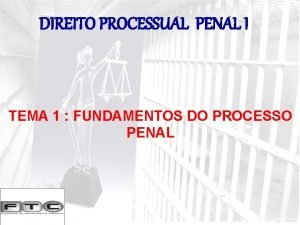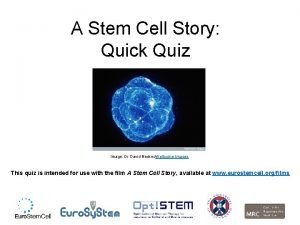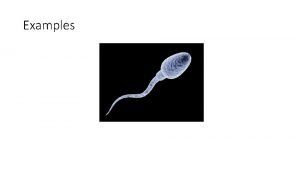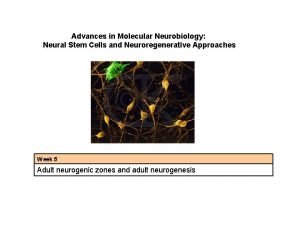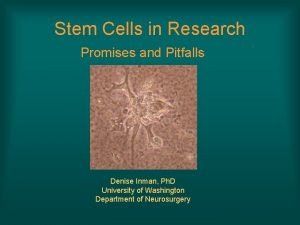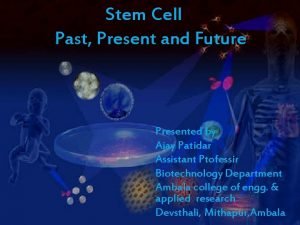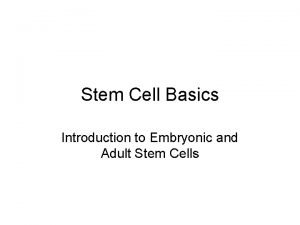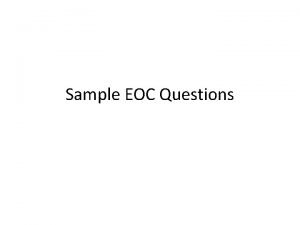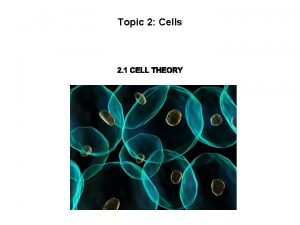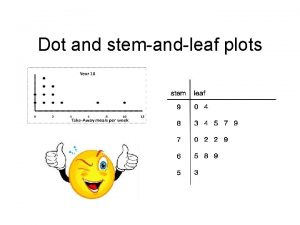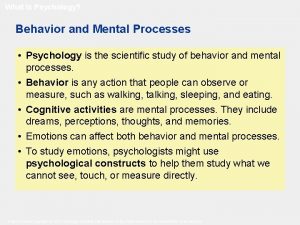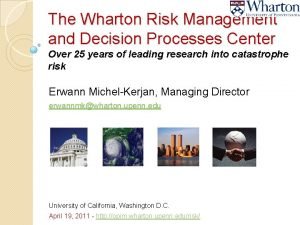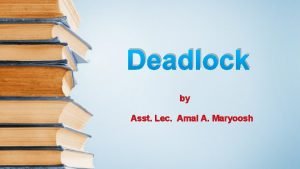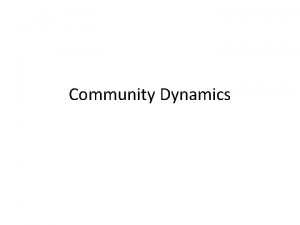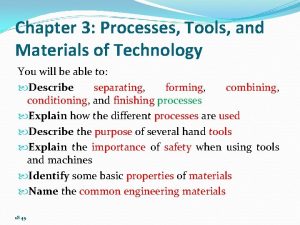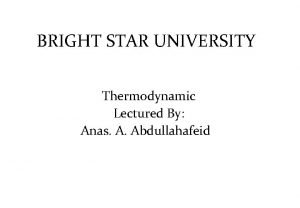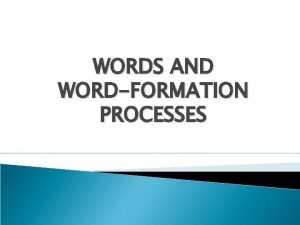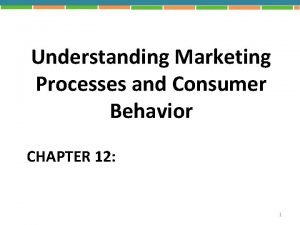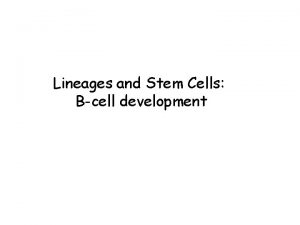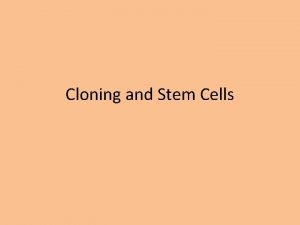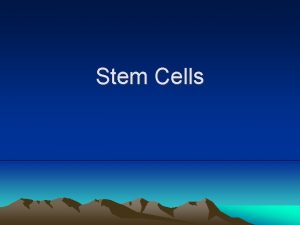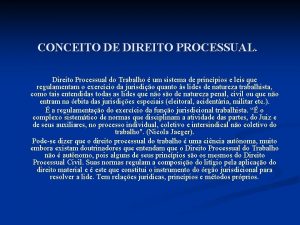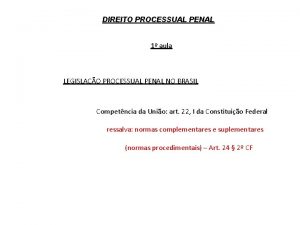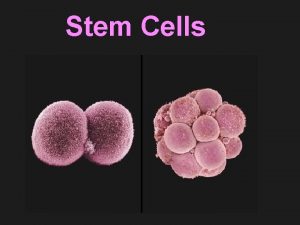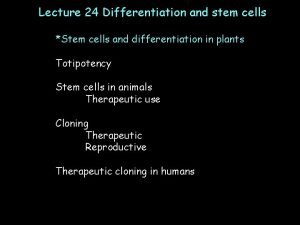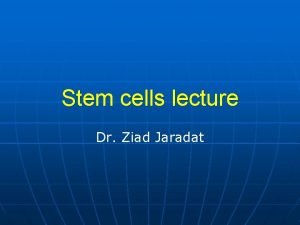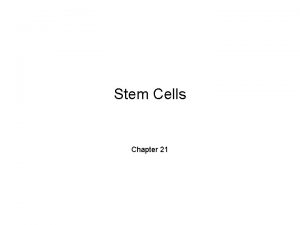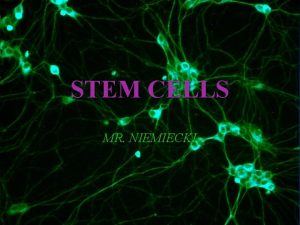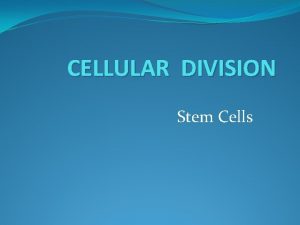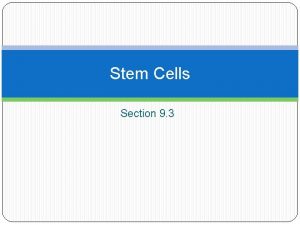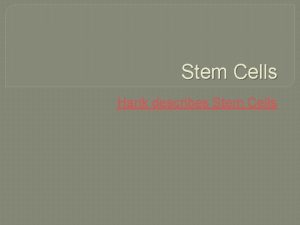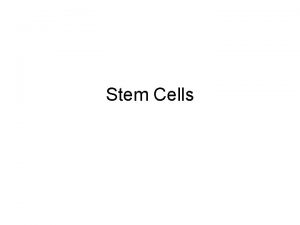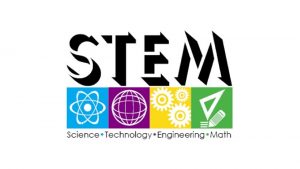Stem cells lineages and processes A Processual Revolution













































- Slides: 45

Stem cells, lineages, and processes A Processual Revolution in Biology Boston Colloquium in Philosophy of Science October 29, 2018 Melinda Bonnie Fagan Department of Philosophy University of Utah


The phases of germination of a coral, starting with the (homogeneous) Monerulastage (A) and then passing through the (nucleated) stem cell stage (B), various segmentation stages (C–I) and the gastrula-stage (K). (From Haeckel 1876, 156)

Motivation and aims: Over-emphasis on entities? “For too long we have tried to build a biology out of nouns, a science constructed around entities. Perhaps it is time for a biology built out of verbs, a science constructed around processes. ” (Keller, 2005, 9) Proposal: an inclusive model of development, spanning all the relevant scales and levels of organization (molecular, cellular, tissues, organs, whole organism) Central ideas: cell lineage trees are a special case of network model; stem cell lineages link cell and organism in overall developmental process

Plan of talk: I. Introduction II. Stem cells: lineage tree processes III. Cell-organism relation IV. Multi-layered model of development V. Conclusion


Cell individuation: clear criteria (i) Cells reproduce by binary division; a parent cell divides to produce two offspring cells. (ii) An individual cell’s existence begins with a cell division event and ends with either a second division event (producing two offspring) or cell death (and no offspring). (iii) Generations of cells linked by reproductive division form a lineage.


Stem cells are not cells: basics • a stem cell is not a type of single, isolated cell (an entity) • the abilities that define a stem cell involve generations of cells – a cell lineage • lineage structure is largely determined by interactions between cells and environments Argument: (i) the general definition of ‘stem cell’ (ii) experimental methods used to individuate stem cells

What is a stem cell? Stem cell: “functionally defined as having the capacity to self-renew and the ability to generate differentiated cells. ” (Melton 2013, Essentials of Stem Biology, 7) Self-renewal: cell division producing one or more cells similar to the parent Differentiation: loss of developmental potential and acquisition of specialized traits of a mature cell type


Stem cell biology: experiment-driven • concrete experimental systems in stem cell biology embody conceptual models of the process of development – make explicit

Basic experimental design: radiation rescue in vivo teratoma organismal source (L) characters C in vitro

Human embryonic stem cells: method

Human embryonic stem cells: method

‘Grades’ of stem cell potential: Totipotency: the ability to produce an entire organism (in mammals, this includes extra-embryonic tissues) Pluripotency: the ability to produce all cell types of an adult organism Multi-potency: the ability to produce some (but not all) cell types of an adult organism Oligo-potency: the ability to produce a limited subset of cell types in an organism (a few) Uni-potency: the ability to produce only one specialized cell type

Abstract stem cell model: (1) origin: the multicellular organism from which the stem cell is derived (2) interval of persistence: number and rate of selfrenewing stem cell divisions (3) component traits: characters of cells occupying the various positions in a lineage (4) process of change: positions in the lineage are ordered by a developmental process

Abstract stem cell model: (1) origin: the multicellular organism from which the stem cell is derived S (2) interval of persistence: number and rate of selfrenewing stem cell divisions n (3) component traits: characters of cells occupying the various positions in a lineage C (4) process of change: positions in the lineage are ordered by a developmental process D

TABLE 1: Model-based classification of stem cells Type S (source) C n D ESC 5 d embryo ICM cell size, cell shape, gene expression, karyotype, telomerase activity, alk-phos, cell surface molecules ≥ 50 divs traits of cells from three germ layers HSC BM, cord, peripheral blood cell size, density, light scatter, surface molecules, cell cycle status >6 months traits of main blood and immune cell lineages NSC basal lamina of ventricular zone cell morphology, surface markers, gene expression, cytokine response months to years traits of neurons, astrocytes, and oligodendrocytes i. PSC various (relatively mature cells) colony shape, cell size, cell shape, nucleus/cytoplasm ratio, cell surface molecules, activity and expression of specific proteins, gene expression (specific and global), histone modifications at key locations ≥ 50 divs traits of cells from three germ layers GSC 5 -9 wk gonadal ridge colony shape, alk-phos, surface expression (SSEA-1, SSEA-3, SSEA-4, TRA-1– 60, TRA-1– 81) 20 -25 wks traits of cells from three germ layers EC teratocarcinoma (129) cell shape, morphology, production of embryoid bodies, surface molecules, enzymes unlimited traits of cells from three germ layers, teratocarcinoma

Experiments fix values of variables: radiation rescue in vivo teratoma organismal source (L) characters C in vitro n S C D

Stem cell lineage model: Organismal source S cell generations n cell character values C developmental process D

Lineage models: tree structure

Stem cell lineage trees: • stem cell: a space of possible tree-models • Each model has a particular number and arrangement of developmental - stages (depth of hierarchy) d – cell traits measured - branch-points (branching cell states) a - intermediate stages - termini (developmental potential) p – tests of dev potential • values of variables in a tree model (or set of tree models) are fixed by experimental methods and assumptions.

Stem cell lineage model: conclusions Argument: (i) the general definition of ‘stem cell’ (ii) experimental methods used to individuate stem cells • Stem cells are defined not by the traits they have, but by what they can transform into; the idea of a stem cell presupposes a cell lineage and developmental process generating that lineage. • A stem cell is the starting point of a cell lineage; defined by its reproductive and developmental abilities.

Substantivist objection?

Lineage tree processes: reply • the substantivist objection treats cell lineages as abstract and isolated, contrary to practices of stem cell biology • a stem cell is not equivalent to a lineage tree structure, but occupies a unique position within it (the point of initiation for all paths) • stem cells are defined by capacities of self-renewal and differentiation; stem cells as entities are destroyed by the processes that define them • ‘stemness’ is context-dependent; stem cell experiments manipulate cells’ sensitivity to environment

Substantivist rebuttal: self-renewal differentiation cell generations Objections: • eliding stem cells’ context-dependence is misleading • cell-organism transformation also implicated; cells insufficient

Cell-organism relation: p d source organism a Lineage: derived from source organism of • species • developmental stage • location

Cell-organism relation: p d source organism developing organism a Lineage: derived from source organism of • species • developmental stage • location

Pluripotency experiments: • embryoid bodies • teratomas • organoids • embryo-like structures

Pluripotency experiments: • embryoid bodies • teratomas • organoids • embryo-like structures

Teratomas: disorganized cell lineages Teratocarcinomas “appear to recapitulate many of the events that occur during early embryonic development but in a disorganized manner” (Andrews 2002, 406).

Stem cells to organoids: “a collection of organ-specific cell types that develops from stem cells or organ progenitors and self-organizes through cell sorting and spatially restricted lineage commitment in a manner similar to in vivo. ” (Lancaster and Knoblich 2014, 283)

Embryo-like structures: Human embryonic stem cells (h. ESC) growing in micro-patterned cell culture. (Warmflash et al. 2014, 848, Figure 1 b) Warmflash et al (2014, 848) Schematic of the results of 42 h of BMP 4 treatment in micropatterned culture. TE, trophectoderm; PS, primitive streak.

Pluripotency experiments: • embryoid bodies • teratomas • organoids • embryo-like structures • directed differentiation h. ESC

Stem cells: developmental versatility Experiment Mode of development Aspect of organization n/a normal all, complex, robust embryoid body simplified generic cell types, simple 3 D structure teratoma pathological specialized cell types, 3 D structure, non-robust organoid organ-like specialized cell types, complex 3 D structure, nonrobust embryo-like strucrure embryo-like generic cell types, simple 2 D structure, polarity directed differentiation cellular specialized cell types

Enkapsis: a model of development? • ‘enkapsis’ – from the Greek for ‘encapsulation. ’ enkaptic system: comprised of multiple systems, ordered by complexity, such that systems of higher complexity encapsulate (“enclose”, “have imbedded in them”) systems of lower complexity. • “the organism encapsulates its organs, organs encapsulate their parts, the parts encapsulate cells, cells encapsulate organelles…. The organism thus forms an enkaptic divisional hierarchy. . ” (Rieppel 2009, 313 -314).

Multi-layered model of development • different layers (strata) of the developmental process related by ‘boundary-formation’ • upper layer: distinguish entities involved in development distinct from their environment: cells, tissues, or organs • lower layer: an interactive network, criss-crossing that boundary

Example: organoids • “self-organizes through cell sorting and spatially restricted lineage commitment in a manner similar to in vivo” cell sorting out: adhesion between matching surface molecules, leading to a thermodynamically stable pattern lineage commitment: shift from a stem cell state into a state with more restricted potential imposition of an artificial boundary sets up interactions among cell surface molecules together with physical forces that ‘commit’ cells to develop along particular pathways; scaffold constrains “cell fate”

Pluripotency experiments: • embryoid bodies • teratomas • organoids • embryo-like structures

Example: cells • cell: individuated by bounding membrane • lower layer : a network of molecular biochemical, physical interactions • a change imposed on that network (internal or external) • upper layer: a boundary distinguishes an individual cell from its environment

Boundary-formation across layers: • experiments aimed at characterizing stem cell differentiation potential specify the means of encapsulation • a new boundary distinguishes a higher-level system (developing body) from its environment • layers of network models linked by boundary-relation • the role of the environment (a complex part of the process) is crucial at each layer

Multi-layered model of development: tissues, organs cell lineage biochemical factors, extracellular matrix, mechanical forces, oxygen levels, p. H, etc. • at every stratum: importance of the environment

Concluding summary: • stem cells are not a type of cell (traditional biological individual), but the starting points of lineage processes • stem cell: a distinctive position within a generative process that includes cell reproduction, differentiation, and the appearance of aspects of organismal organization (revealed by experiments that manipulate stem cell potential: • the latter are revealed by experiments that manipulate stem cell potential to produce teratomas, embryoid bodies, organoids, embryo-like structures, and results of directed differentiation experiments (developmental versatility) • multi-layered model of development, spanning levels (scales) of molecules, cells, tissues/organs, and organisms via boundaryformation and ongoing lower-stratum interactions

Thanks! The Sterling M. Mc. Murrin Foundation
 Norma processual
Norma processual Princípios direito processual penal
Princípios direito processual penal Concurrent in os
Concurrent in os Onodi cells
Onodi cells Chlorocruorin
Chlorocruorin Plant animal cell venn diagram
Plant animal cell venn diagram Masses of cells form and steal nutrients from healthy cells
Masses of cells form and steal nutrients from healthy cells Where can scientists obtain stem cells? *
Where can scientists obtain stem cells? * Pluripotent stem cells examples
Pluripotent stem cells examples Stem cells
Stem cells Conclusion of stem cells
Conclusion of stem cells Images with creative commons license
Images with creative commons license Precursor cells
Precursor cells Stem cell classification chart
Stem cell classification chart Biochemistry questions
Biochemistry questions Outline the cell theory
Outline the cell theory Stem cells webquest
Stem cells webquest Stem cells specialization
Stem cells specialization Papillary duct of bellini
Papillary duct of bellini Parafollicular cells vs follicular cells
Parafollicular cells vs follicular cells Somatic vs gamete
Somatic vs gamete Somatic vs germ cells
Somatic vs germ cells Is bacteria prokaryotic or eukaryotic
Is bacteria prokaryotic or eukaryotic Prokaryotic cells vs eukaryotic cells
Prokaryotic cells vs eukaryotic cells The organelle trail
The organelle trail Pseudostratified vs simple columnar
Pseudostratified vs simple columnar Are plant cells prokaryotic or eukaryotic
Are plant cells prokaryotic or eukaryotic Are red blood cells prokaryotic or eukaryotic
Are red blood cells prokaryotic or eukaryotic Nondisjunction in meiosis
Nondisjunction in meiosis Cells and life lesson 1 answer key
Cells and life lesson 1 answer key Russian revolution vs french revolution
Russian revolution vs french revolution Economic causes of french revolution
Economic causes of french revolution Third agricultural revolution definition
Third agricultural revolution definition Dot
Dot Stem and leaf diagram questions and answers
Stem and leaf diagram questions and answers Study of behavior and mental processes
Study of behavior and mental processes Decision processes wharton
Decision processes wharton A system has 12 magnetic tape drives and 3 processes
A system has 12 magnetic tape drives and 3 processes Dynamics of a community
Dynamics of a community Tools equipment and processes
Tools equipment and processes Reversible and irreversible processes in thermodynamics
Reversible and irreversible processes in thermodynamics Hsc multiple choice generator
Hsc multiple choice generator Marzano element 19
Marzano element 19 Nature and characteristics of service marketing
Nature and characteristics of service marketing Word coinage examples
Word coinage examples Marketing processes and consumer behavior
Marketing processes and consumer behavior
